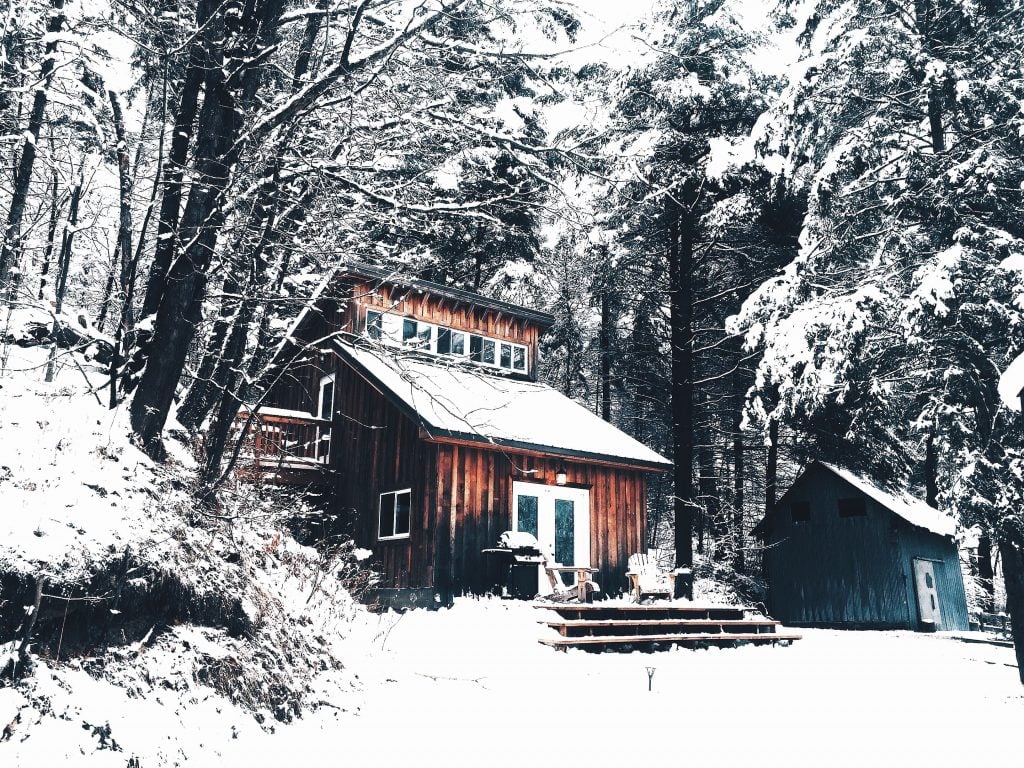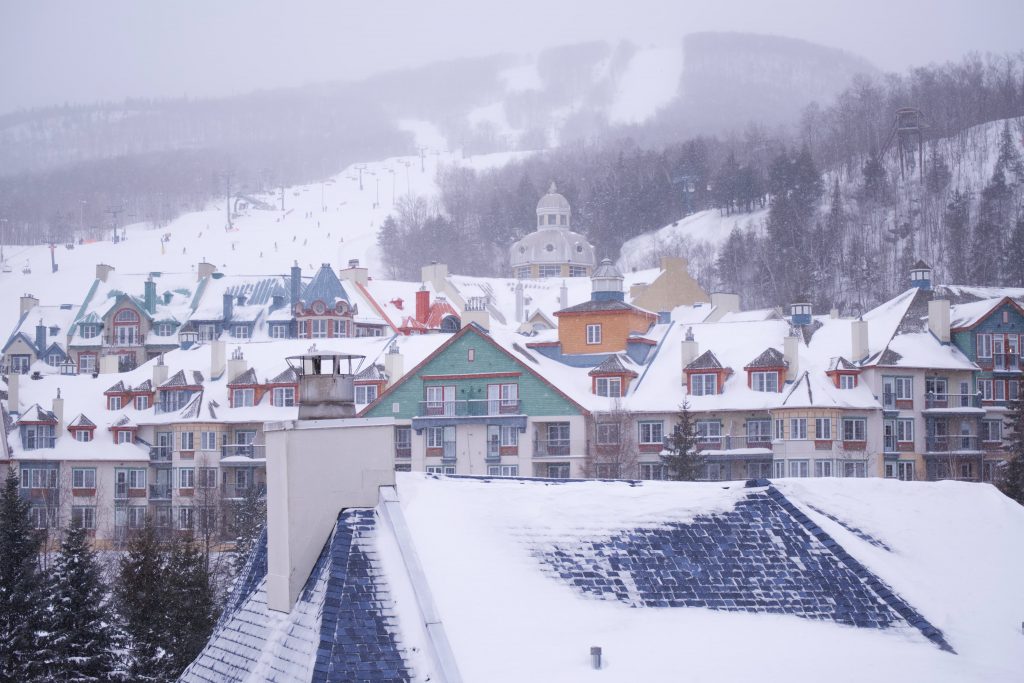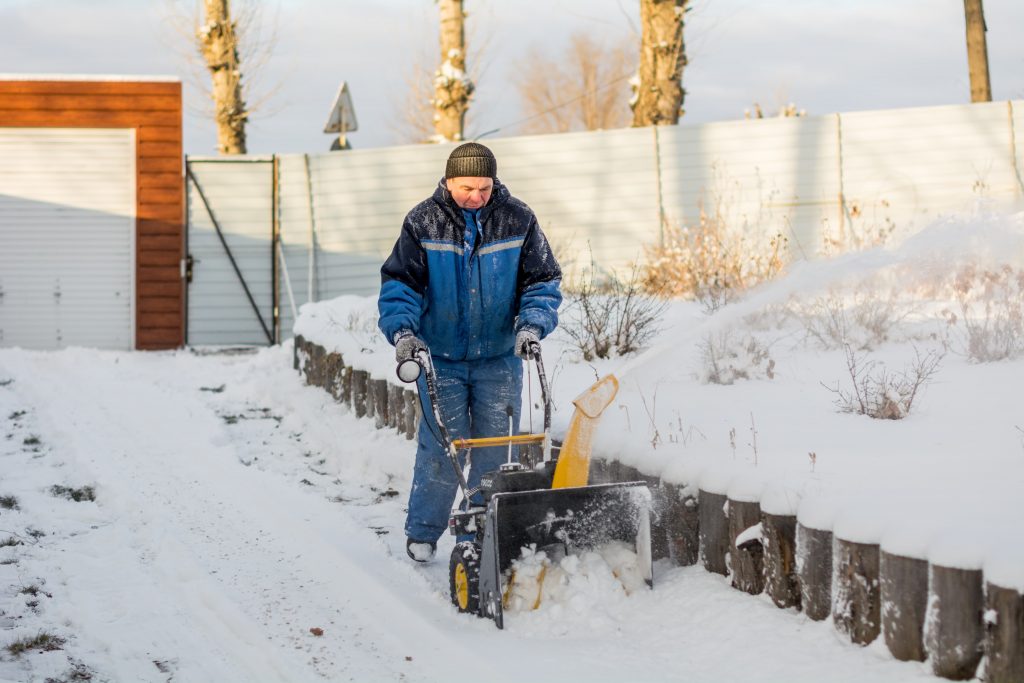Surviving Canadian Winters: Home Winterproofing 101

Winter in Canada can be brutal, especially for homeowners in Winnipeg and Saskatoon. The freezing temperatures, heavy snowfalls, and ice build-up can lead to significant property damage if precautions are not taken well in time. This holds true especially for the first-time homebuyer in Canada, who needs to be ultra-careful about his new home.
To protect your home and ensure a cozy and safe winter, it’s essential to winter-proof your property. This guide will provide homeowners with expert tips and advice on how to winter-proof their home in Canada.
From assessing your roof for snow and ice build-up to insulating your plumbing system, we will cover all the must-do steps you need to take to winter-proof your home in Real Estate Canada.
Table of Content
- 1 Assess Your Roof for Snow and Ice Build-Up
- 2 Here are some key steps to assess and protect your roof:
- 3 Get Your Plumbing System Winter-ready!
- 4 Prepare for Power Outages
- 5 Insulate Windows and Doors
- 6 Maintain Your HVAC System
- 7 Ensure Proper Ventilation
- 8 Protect Your Foundation and Gutters
- 9 Secure Your Outdoor Spaces
- 10 Summarizing
Assess Your Roof for Snow and Ice Build-Up
One of the most critical aspects of winter-proofing your Canadian home is ensuring that your roof can withstand heavy snowfall and ice build-up. A weak or damaged roof can lead to leaks, ice dams, and even roof collapse.
Here are some key steps to assess and protect your roof:
Clear Snow and Ice Build-Up Regularly
After a heavy snowfall, it is crucial to clear the snow from your roof. Excessive snow accumulation can add weight and strain to your roof, increasing the risk of collapse. Use a roof rake or hire professionals to remove the snow safely.

Create Drainage Paths
Ice build-up can lead to ice dams, which prevent snow and ice from melting off your roof. To prevent ice dams, create drainage paths by clearing any loose snow and ice from your roof. You can also use electric heating cables or chemical deicers to melt the ice for proper drainage.
Ensure Proper Insulation and Ventilation
Ice dams can also form when warm air escapes from inside your house and melts the snow on your roof, freezing it into ice. Ensure your attic is adequately insulated and ventilated to prevent heat from reaching the roof. Seal any gaps and penetrations that could allow warm air to leak into the attic.
Get Your Plumbing System Winter-ready!
Frozen pipes are a common issue during Canadian winters, and they can cause significant damage to your home. To prevent frozen pipes and potential bursts, it’s essential to winterize your plumbing system. Here’s how to get them winter-ready.
Insulate Exterior Pipes
Exterior pipes are more prone to freeze, so insulating them properly is crucial. Use pipe insulation sleeves or wrap them snugly with heat tape to protect them from the cold temperatures.
Seal Air Leaks
Check for any air leaks near your interior pipes and seal them to prevent cold air from reaching them. Use caulk or weatherstripping to seal any gaps or cracks around your home’s windows, doors, and other potential entry points.
Drain Outdoor Faucets
Before the temperatures drop, remember to drain all outdoor faucets and hoses. Disconnect the hoses and drain the water from the taps to prevent freezing and potential pipe bursts.
Keep Interior Pipes Warm
To prevent the interior pipes from freezing, keep your home’s temperature consistent and warm. If you’re going away for an extended period, set your thermostat to a temperature that will keep the pipes from freezing.
Prepare for Power Outages
Power outages are common during winter storms and can leave you without heat and electricity for an extended period. To be ready for power outages, you should consider the following:
Backup Power Supply
You should consider investing in a generator to keep essential appliances running during power outages. Ensure the generator is properly installed and vented to avoid poisoning by carbon monoxide.
Water Supply
If you experience a power outage and have a well water system, consider filling your bathtub or containers with water beforehand. This will provide a temporary water supply until the power is restored.
It’s a good idea to shut off the main water valve coming into your house during a power outage. This will prevent any potential leaks or bursts in the plumbing system if the power outage causes a drop in temperature.
Insulate Windows and Doors
Proper insulation is crucial for maintaining a cozy, energy-efficient home during winter. Windows and doors are common areas for heat loss, so insulating them effectively is essential.
Weatherstripping
Check the weather stripping in your home, especially around the windows and doors, for any signs of wear or damage. Replace worn-out weather stripping to ensure a tight seal and prevent drafts.
Caulking
Likewise, inspect the caulking and reapply it if necessary. Caulking helps seal any gaps or cracks, preventing cold air from entering your home.
Window Insulation Film
Consider using window insulation film on your windows to improve their insulation properties. Window insulation film creates a barrier that reduces heat loss and drafts, keeping your home warmer and more energy-efficient.
Maintain Your HVAC System
Your HVAC system plays a crucial part in keeping your home comfortable during winter. To ensure its optimal performance and efficiency, follow these maintenance routines:
- Regularly change the air filters in your HVAC system to ensure proper airflow and reduce strain on the system. Clogged filters can lead to reduced heating efficiency and poor air quality.
- Schedule a professional HVAC maintenance service before the start of winter. A qualified technician will inspect and professionally clean your system, ensuring it runs efficiently without any potential issues.
- Get a programmable thermostat to control your home’s temperature and save energy. Program the thermostat to lower the temperature when you’re away or sleeping and raise it when you’re home.
Ensure Proper Ventilation
Ensure that your property has adequate ventilation to maintain good air quality and prevent moisture buildup. Mould and mildew growth is a danger to your health.
Here are the ABC ventilation tips:
a. Use Exhaust Fans
Consider using exhaust fans in your kitchen and bathrooms to remove excess moisture and odours. Ensure the fans are vented to the outside to prevent the moisture from being trapped indoors.
b. Open Windows Occasionally
On milder winter days, open your windows briefly to allow some fresh air to circulate and reduce stale indoor air.
c. Maintain Attic Ventilation
Check your attic for proper ventilation. Ensure that vents are clear of debris and insulation, allowing air to flow freely and prevent condensation.
Protect Your Foundation and Gutters
Protecting your home’s foundation and gutters is crucial to prevent water damage during winter. Here’s what you can do:
- Inspect your foundation for cracks or gaps. Seal any cracks with appropriate sealants to prevent water from seeping into your home’s basement or crawl space.
- Clean your gutters and downspouts regularly to remove leaves, debris, and ice dams. Clogged gutters can be the cause of water overflow, leading to damaged foundations.
- Ensure that your downspouts extend at least six feet away from your home’s foundation. This will direct water away from the foundation, preventing water pooling and potential damage.
Secure Your Outdoor Spaces
Winter-proofing your home isn’t just about protecting the interior; it also involves securing the outdoor spaces of your property. Follow these tips to ensure outdoor safety:
Trim Branches and Trees
Trim overhanging branches and trees that could break and damage your home during winter storms. Falling branches can cause significant property damage and pose a safety risk.
Secure Outdoor Furniture and Equipment
Store or secure outdoor furniture, grills, and other equipment before winter hits. Strong winds and heavy snow can damage or move these items, potentially causing damage to your property or injury to people.

Clear Pathways and Driveways
Regularly clear snow and ice from your pathways and driveways. Use a snowblower or shovel to ensure safe passage and prevent slips and falls.
Summarizing
Winter-proofing your home in Canada is essential for protecting your property and ensuring a comfortable winter season. Follow the advice in this guide to safeguard your home from the harsh winter weather.
From assessing your roof for snow and ice build-up to insulating your plumbing system and preparing for power outages, these proactive measures will help you enjoy a cozy and worry-free winter in your home.
In case you feel like investing in Real Estate Canada, contact us at www.savemax.com, and we shall be happy to assist you. Stay warm and stay safe!
